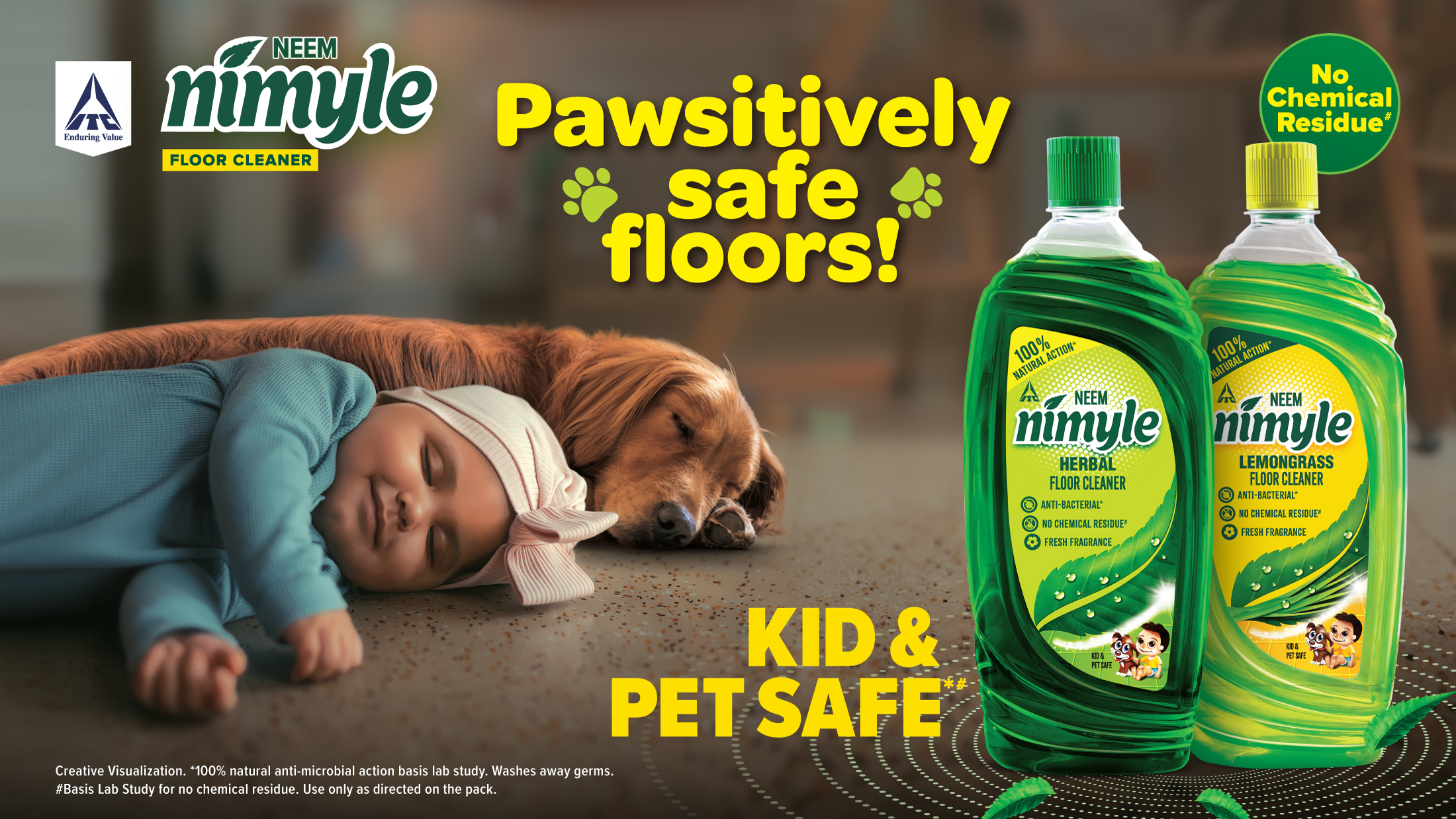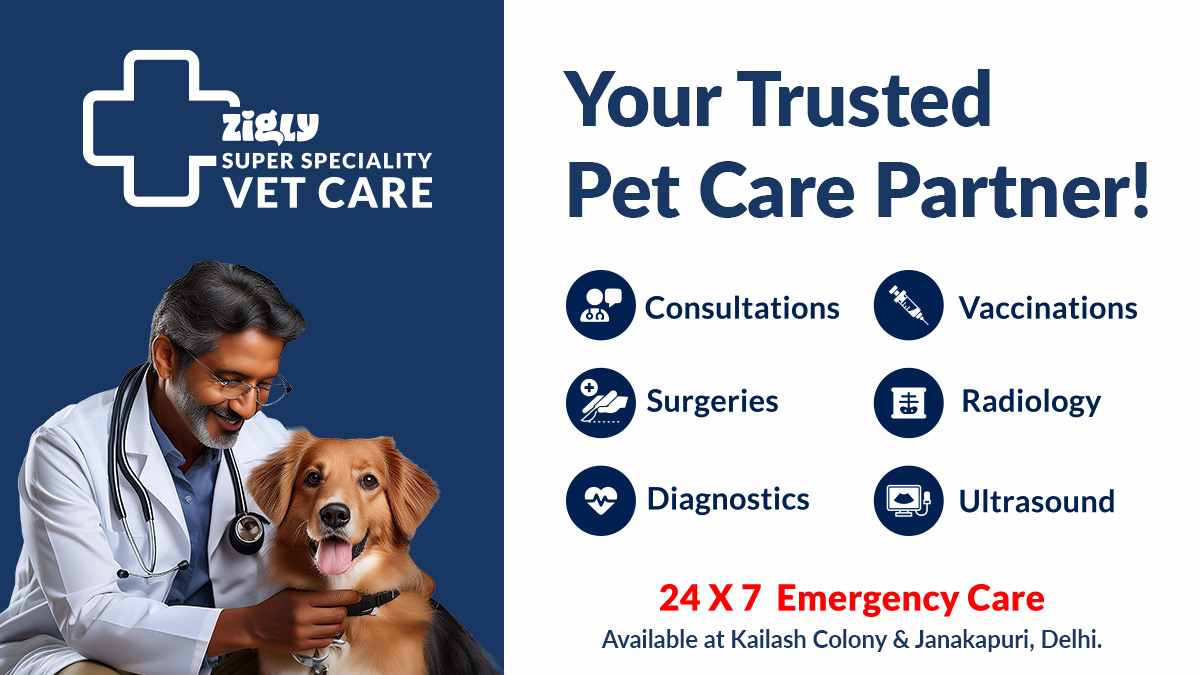
Ever wondered how the digestive system of dogs and cats work? You’ve come to the right place! The anatomy and physiology of the digestive system of dogs and cats is different from those of human beings. Firstly, these animals are sorted in the order of the Carnivore, since they descend directly from wild animals and have the following characteristics in common:
- Stomach with a very acid pH, which helps "breaking" the ingested protein
- Long and sharp teeth, used to tear and separate meat in pieces, extremely useful to hold and tear their prey - hunter behaviour by instinct
- Their intestines are shorter than those of omnivores, and much shorter than those of herbivores, since plant foods require a slower digestion for the proper absorption of nutrients
- Another important characteristic is that they do not have the salivary enzyme that helps digest carbohydrates
- Carnivorous animals are able to regulate their glucose (quantity of sugar available in the blood) without the presence of carbohydrates in the diet, something that omnivores (like us) cannot do
Cats have these characteristics even more pronounced, and are considered mandatory carnivorous. They depend on larger quantities of protein in their diet, have very restricted food preferences and in very rare situations eat something that is not of animal origin. Carnivorous animals have high rates of digestibility for such foods, such as meats, viscera and derived products. But in foods of vegetable origin, such as leaves, grains, vegetables and fruits, their digestibility is lower, often requiring industrial processes to make them digestible.
What is digestibility?
Digestibility means how certain food can be used, i.e., absorbed by the digestive system. In nutrition, the term 'coefficient of digestibility' is used, indicating the proportion of food ingested that is actually digested and absorbed. The nutrients that are not absorbed will be eliminated in the faeces.
Healthy intestines - the role of this organ in immunity
The intestines are an organ with both digestive absorptive functions at the same time. In other words, they break the food components into smaller molecules which can be absorbed faster. The intestines are the only body organ that are able to absorb food nutrients and therefore, is the main access route of pathogenic microorganisms (noxious) and toxins.
Finally, in order to keep the digestive system of your dog or cat always healthy, it is necessary to use only safe foods, certificates and food recommended by your trusted Veterinarian. The use of noble ingredients, of high digestibility and yield, associated with a correct balance of nutrients and the presence of prebiotics favour the health of pets. Therefore, look for foods with these characteristics.
To know more about such elaborate information regarding nutrients & pet diet, visit the Farmina stall at PET FED Delhi 2019 on 28th & 29th December at NSIC Grounds Okhla! Get your tickets here.


.jpg)
.png)

.jpg)

.jpg)
.png)


Comments
Anonymous says
Dec 06, 2019 12:32:56Nice and Interesting Article
Anonymous says
Dec 06, 2019 12:33:17Nice and Interesting Article https://pupjunkies.com/dog-blogs
Anonymous says
Dec 06, 2019 12:33:39Nice and Interesting Article https://pupjunkies.com/dog-blogs